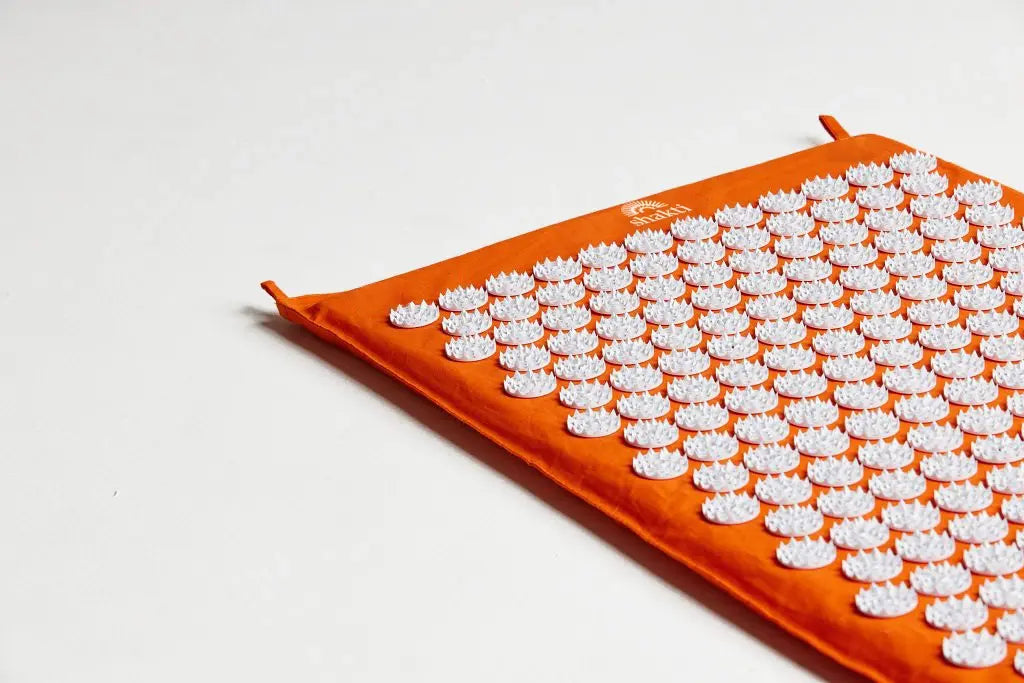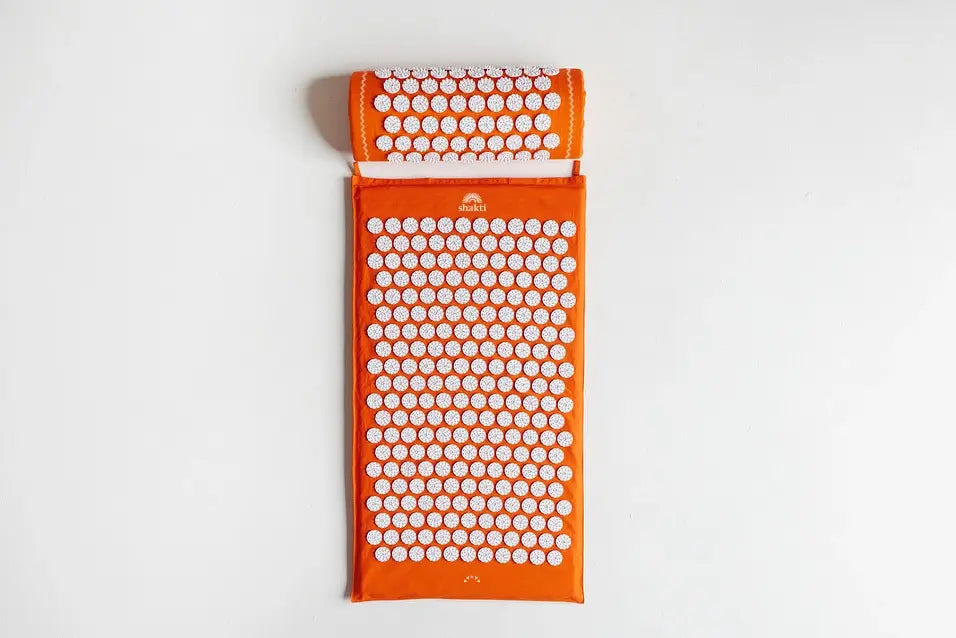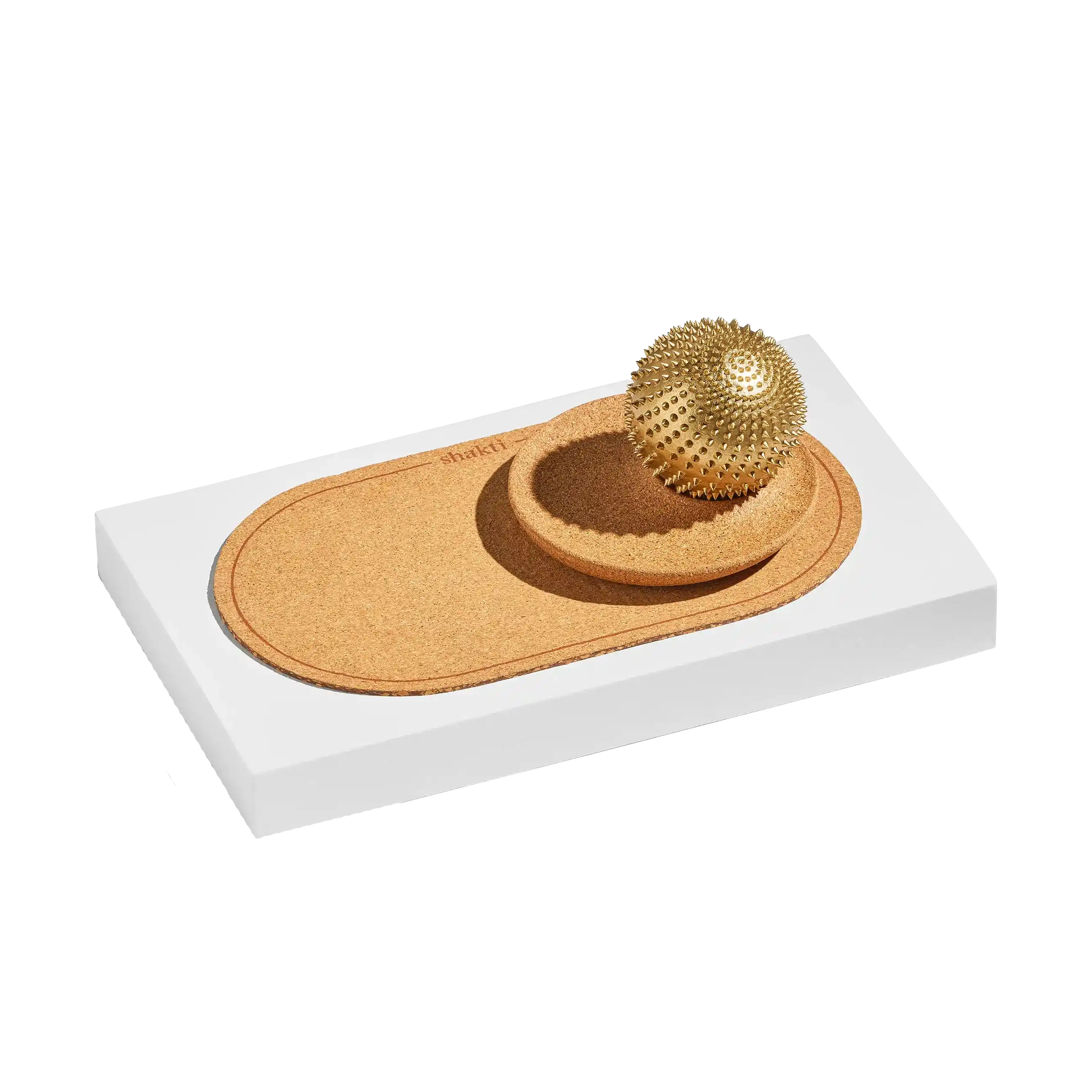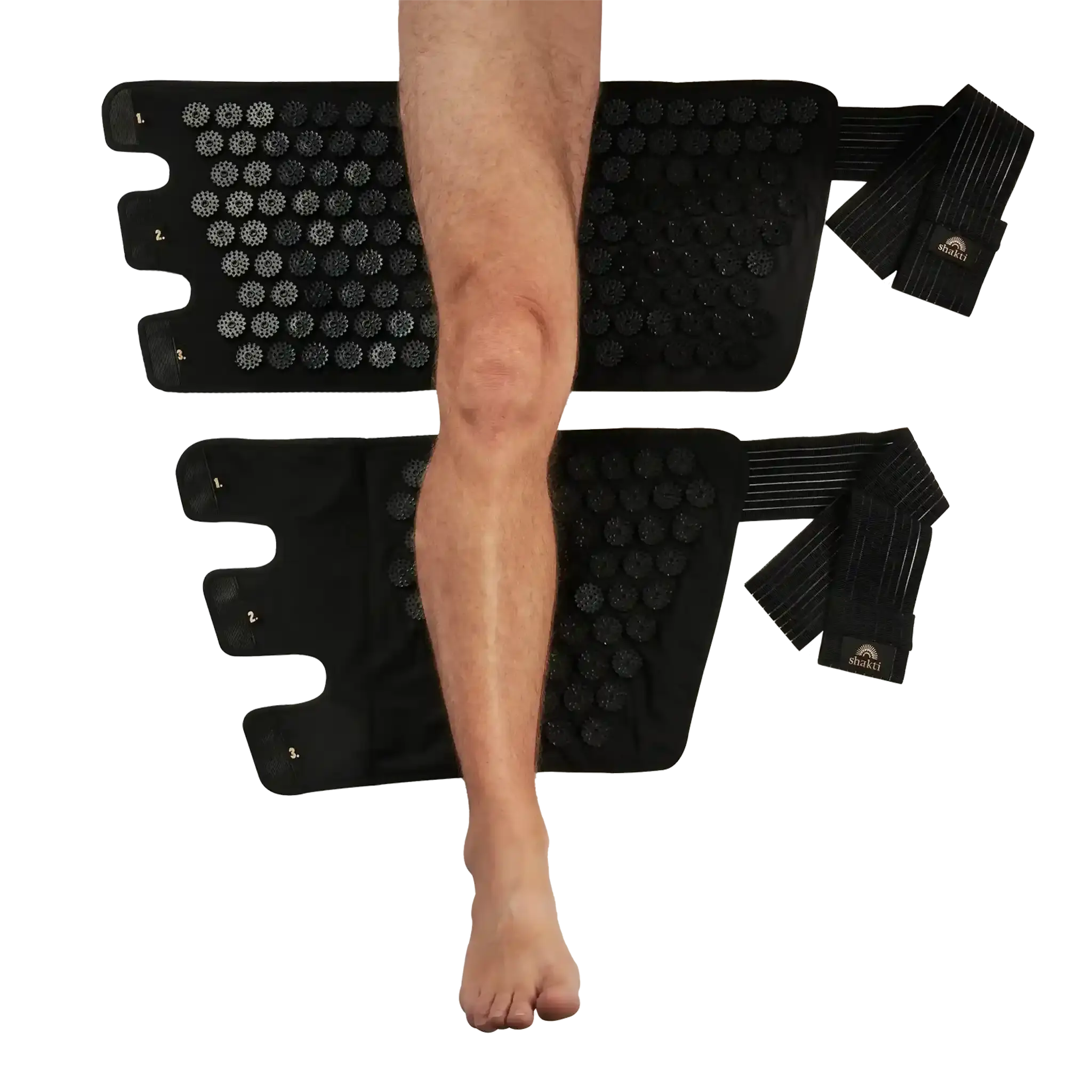Stiff-person syndrome (SPS) is a rare neurological disorder characterized by progressive muscle stiffness and painful muscle cramps. The well-known pop singer Céline Dion suffers from this autoimmune disease and made it public a few years ago. In this article, we've compiled everything you need to know about SPS and the current state of SPS medicine . Those affected will also receive helpful tips on nutrition and how to relieve muscle cramps.
Content
2. These are the triggers of SPS disease
3. Stiff-person syndrome: symptoms of the disease
4. Stiff-person syndrome: Course of the disease
5. What treatment options are available?
What is SPS disease?
In stiff-person syndrome, the immune system attacks an essential enzyme in the brain, glutamate decarboxylase. This enzyme is important for regulating nerve cells throughout the nervous system. When it malfunctions, the nervous system spirals out of control. Especially under stress, muscles suddenly contract and stiffen. Stiff-person syndrome can affect not only the legs but also other limbs or the back muscles through muscle stiffening. This often leads to a diagnosis of SPS not being treated equally. The average age at which the disease is discovered is 46.
These are the triggers of SPS disease
A genetic predisposition can increase the risk of developing SPS, although exact genetic markers have not yet been fully identified. Individuals with other autoimmune diseases, such as type 1 diabetes or thyroid disease, have a higher risk of developing SPS disease. These concomitant diseases may play a role in the dysregulation of the immune system.
Certain infections can also affect the immune system and contribute to the development of SPS. Stress is also a known trigger for the worsening of stiff person syndrome symptoms. Stressful situations and life phases can exacerbate muscle spasms and joint stiffness.
Stiff person syndrome: symptoms of the disease
SPS is often diagnosed very late because the symptoms can be attributed to other problems and diseases. Typical features of SPS disease include:
- Muscle stiffness: Those affected feel progressive stiffness of the muscles, especially in the trunk and legs.
- Painful muscle cramps: Sudden and intense muscle cramps triggered by stress, physical contact, or loud noises are another symptom of the condition. The cramps can last from several minutes to hours.
- Balance and coordination disorders: Symptoms of the disease include difficulty walking and standing, caused by muscle stiffness and spasms. The limited mobility increases the risk of falls.
- Abnormal posture: In advanced stages, those affected often have a forward-hunched posture due to the immobility of the back muscles. In some cases, the back may become completely stiff.
- Sensitivity to external stimuli: A symptom of stiff person syndrome is an excessive reaction to sounds, touch, or emotional stress that triggers muscle spasms.
The symptoms can fluctuate in intensity and worsen over time. In some cases, the stiffness and tendency to cramp may be limited to specific muscle groups.
Stiff person syndrome: course of the disease
Stiff person syndrome is progressive and insidious. The disease often begins with slight stiffening of the muscles, mainly in the trunk and legs. Patients then notice increasing difficulties with certain movements. The muscle stiffness gradually increases and spreads to other parts of the body. Painful muscle cramps become more frequent and more intense, restricting mobility and making everyday activities a challenge. The intensity of the symptoms can fluctuate from time to time. At times when those affected feel relatively well, there may suddenly be phases that are accompanied by severe symptoms.
Perspective & life expectancy: this is the prognosis for people with SPS
Anyone diagnosed with stiff person syndrome wants to be given as accurate a prognosis as possible for the rest of their life. Unfortunately, there is still no cure for stiff person syndrome. It is a chronic and progressive disease in which the symptoms worsen over time. The good news is that the earlier SPS is diagnosed, the better the stiff person syndrome treatment can improve quality of life in the long term.
According to current research, life expectancy with stiff person syndrome is only slightly reduced. Complications that can affect life expectancy are often of a secondary nature. Falls can occur due to mobility problems or breathing difficulties caused by severe muscle stiffness in the chest area.
What treatment options are available?
The treatment of the disease is based on three pillars. Those affected usually receive interdisciplinary care.
- Physiotherapy & muscle relaxation: Regular physiotherapy improves the mobility and flexibility of the affected muscle groups. Stretching exercises and heat therapy are intended to relieve muscle stiffness and spasms. Relaxation techniques such as yoga and tai chi can also reduce stress-related spasms and improve balance and overall mobility.
- Medications for symptomatic treatment: The treating physician may prescribe medications to relieve muscle spasms. Muscle relaxants are often used. Medications may also be prescribed to treat the anxiety that often plagues those affected.
- Immunotherapy: Immunotherapy has been developed for those affected. It involves administering medications that reduce inflammation and suppress the immune system. This is intended to suppress the autoimmune reaction triggered by SPS disease. Treatment consists of high-dose antibodies administered intravenously.
Acupressure can relieve muscle tension
A natural method to relieve the symptoms of SPS disease is Acupressure . An acupressure mat It features numerous small plastic spikes that stimulate blood circulation and can thus loosen cramped muscles. Regular use also promotes relaxation. This can also sustainably improve stress-related symptoms of SPS.
Diet plays an important role in SPS disease
In order to improve their own quality of life, people with SPS disease should definitely pay attention to their diet. Antioxidant-rich foods such as fruit and vegetables (especially berries, spinach and broccoli) can reduce inflammation. Fish such as salmon and mackerel as well as linseed and walnuts also help to reduce inflammatory processes. Dairy products can promote bone health. Regular sunbathing is also important because UV light promotes the formation of vitamin D in the body, which is important for bone health and stability.
Sugar and processed foods with lots of saturated fats are considered to promote inflammation. These foods should therefore not be included in the diet of people with SPS.



















